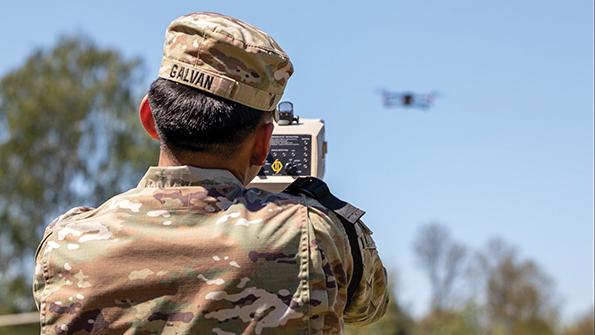
The Army is looking for new handheld counter-UAS systems as part of a series of new competitions.
Credit: Staff Sgt. Jasmine McCarthy/U.S. Army
The U.S. Army is set to kick off a new round of competitions to improve its ability to down small enemy drones while encouraging companies to find new ways to increase interceptors’ range and effectiveness. While some of the competitions introduce new programs, the Army is also looking to recompete...
U.S. Army Counter-UAS Plans Include New Competition is part of our Aviation Week & Space Technology - Inside MRO and AWIN subscriptions.
Subscribe now to read this content, plus receive full coverage of what's next in technology from the experts trusted by the commercial aircraft MRO community.
Already a subscriber to AWST or an AWIN customer? Log in with your existing email and password.





